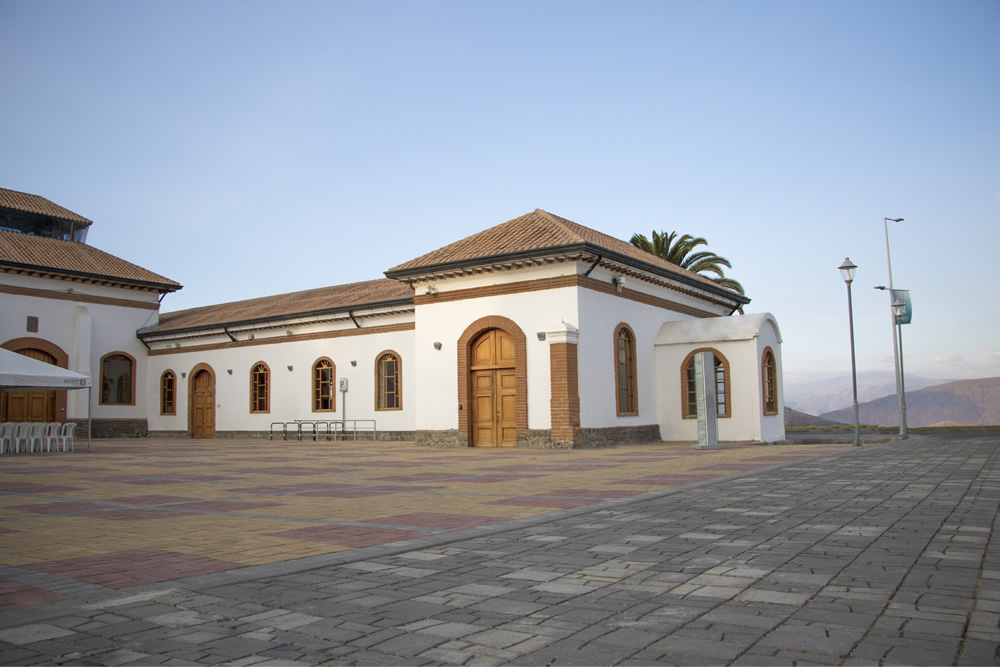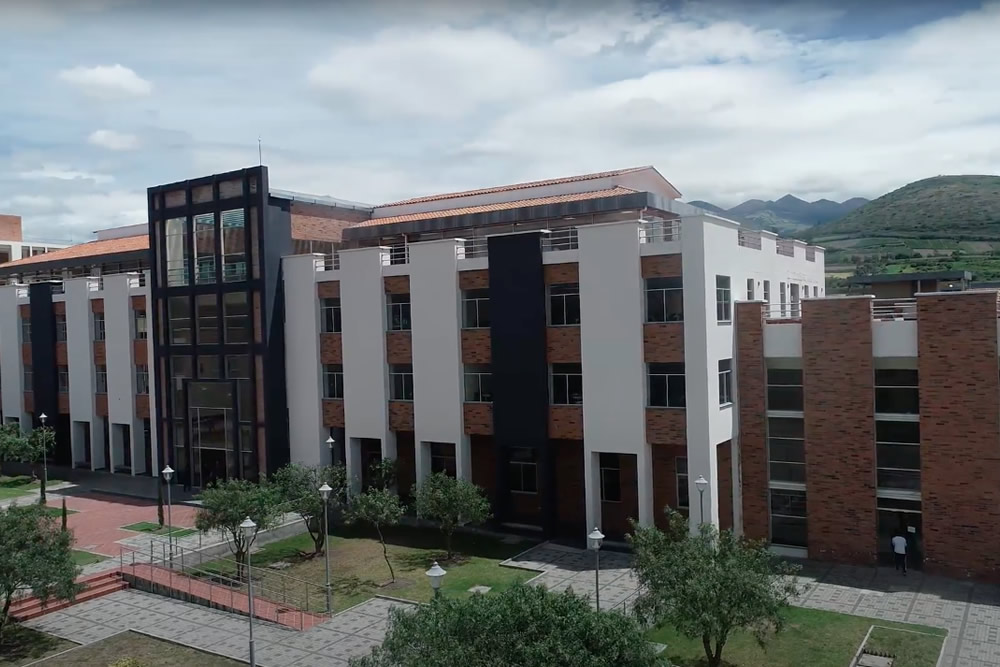Introduction to the art of programming using Scala / Mark C. Lewis.
Tipo de material: TextoIdioma: Inglés Series Chapman & Hall/CRC textbooks in computingDetalles de publicación: Boca Raton: CRC Press, c2013.Descripción: xxxiv, 902 pages ; 26 cmISBN:
TextoIdioma: Inglés Series Chapman & Hall/CRC textbooks in computingDetalles de publicación: Boca Raton: CRC Press, c2013.Descripción: xxxiv, 902 pages ; 26 cmISBN: - 9781439896662
- 005.114 23
| Tipo de ítem | Biblioteca actual | Signatura | Copia número | Estado | Fecha de vencimiento | Código de barras | Reserva de ítems | |
|---|---|---|---|---|---|---|---|---|
 Colección general
Colección general
|
Biblioteca Yachay Tech | 005.114 L6751i 2013 (Navegar estantería(Abre debajo)) | Ej. 1 | Disponible | 003008 | |||
 Colección general
Colección general
|
Biblioteca Yachay Tech | 005.114 L6751i 2013 (Navegar estantería(Abre debajo)) | Ej. 2 | Disponible | 003009 | |||
 Colección general
Colección general
|
Biblioteca Yachay Tech | 005.114 L6751i 2013 (Navegar estantería(Abre debajo)) | Ej. 3 | Disponible | 003010 |
Part I: Introductory Concepts -- 1. Basics of Computers, Computing, and Programming -- 2. Getting to Know the Tools -- 3. Scala Basics -- 4. Conditionals -- 5. Functions -- 6. Recursion for Iteration -- 7. Arrays and Lists in Scala -- 8. Loops -- 9. Text Files -- 10. Case Classes -- 11. GUIs -- 12. Graphics -- 13. Sorting and Searching -- 14. XML -- 15. Recursion -- Part II: Object-Orientation, Abstraction, and Data Structures -- 16. Object-Orientation -- 17. Bigger Programs/New Tools -- 18. A Project (Drawing Program) -- 19. Abstraction and Polymorphism -- 20. Other Collection Types -- 21. Multithreading and Concurrency -- 22. Stream I/O -- 23. Networking -- 24. Stacks and Queues -- 25. Linked Lists -- 26. Priority Queues -- 27. Refactoring -- 28. Recursion -- 29. Trees -- 30. Regular Expressions and Context-Free Parsers -- 31. Spatial Trees -- 32. Binary Heaps -- 33. Direct Access Binary Files -- 34. Actors -- 35. Augmenting Trees -- 36. Wrapping Up -- A: Quick Preview of Java -- B: Advanced Scala Concepts -- C: Glossary -- Bibliography -- Index
"Preface Welcome to an Introduction to the Art of Programming Using Scala". This book is intended to be used in rst and second semester college classrooms to teach students beginning programming. To accomplish this task, the Scala1 programming language is used. The book was constructed with a focus on the topics students need to know. These topics were then woven into a format that was deemed the best way to communicate those ideas. Because there are two very di erent audiences who might be reading this, the rest of the preface is split into two sections. To the Student Welcome to the world of programming. You are about to embark on a eld of study that will hopefully open your mind to new ways of thinking and impact the way you view everything in the world around you. For students who intend to major in Computer Science and make careers working with computer technology, this is your rst step in learning how to communicate with the computer and to instruct the computer in how it should solve problems for you. For those who are not planning to make a career in a computing eld, a course in computer programming can still be remarkably bene cial. Computer programming is, fundamentally, about problem solving. It is about guring out how to solve problems and express them in ways that the computer can understand. Your entire future life is, in one way or another, going to deal with how to solve problems. You will need to have approaches to solving these problems well formed in your own head and be able to communicate them to other people in non-ambiguous ways so that they understand what you want and can act on it. Learning to program computers will help you develop and hone this ability. There are more direct bene ts as well. "--
No hay comentarios en este titulo.




